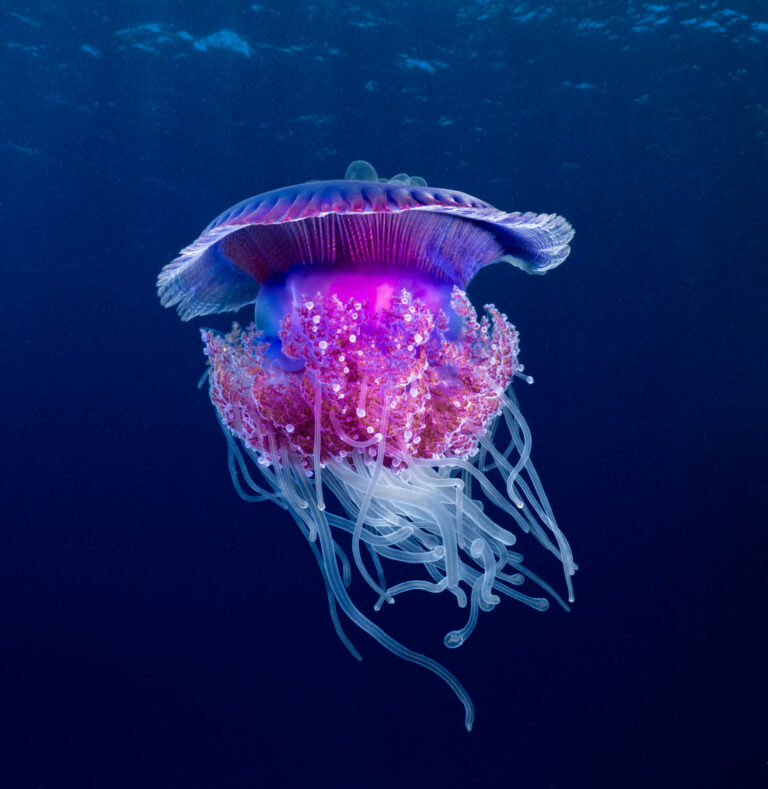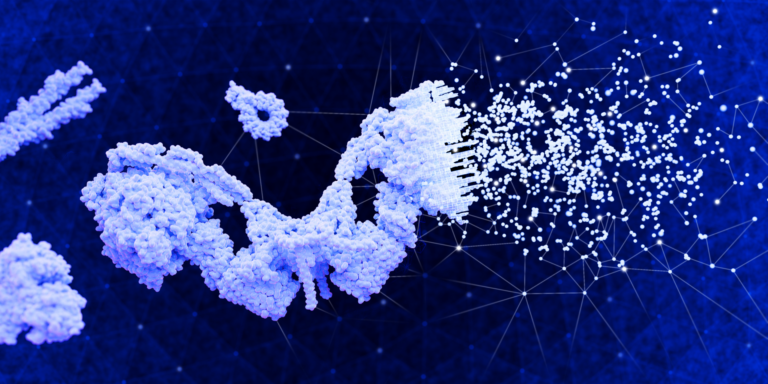Bioscience
Enzyme adopts dynamic structure to function in hot, salty sea
Protein analysis could lead to new advances in DNA sequencing technologies.

For the microbes that dwell in the hot, salty depths of the Red Sea, life is a delicate evolutionary balancing act. Just for these critters to replicate their DNA requires an enzyme that’s adapted to both high temperatures and high salt concentrations, two environmental factors that impose countervailing selective pressures on the structure of a protein.
A KAUST team has now characterized and engineered a DNA-synthesizing enzyme from a deep-sea microbe that seems to split the difference, being just rigid enough for thermal adaptation, but flexible enough to deal with salt-induced structural changes. The findings reveal how evolution can fine-tune proteins to be ideally suited for life in extreme environments. Moreover, they could have practical applications for biotechnology and biomedical research.
“These properties are appealing for next-generation DNA sequencing techniques,” says KAUST professor Samir Hamdan who supervised the study. “It’s absolutely worth putting a significant effort now into exploring the biotechnology potential of DNA-processing enzymes from these microorganisms.”
Hamdan and his lab collaborated with faculty members from other KAUST groups—including the Red Sea Research Center and the Computational Bioscience Research Center—and across biological and physical sciences divisions to study a DNA-synthesizing polymerase enzyme from a single-celled microbe found living off the coast of Saudi Arabia in a brine pool that was four-times saltier and 16-times hotter than average sea water. “This polymerase,” says the study’s lead author, Masateru Takahashi, a researcher in Hamdan’s lab, “is the most salt-tolerant polymerase that is also thermally stable.”
The researchers modeled the structure of the enzyme from its protein sequence and conducted biochemical and structural analyses to interrogate its physical configuration. They identified many interactions between oppositely charged regions of the protein that gave the enzyme shape. However, the abundance of excess negatively charged regions also helped push apart the enzyme to some degree, giving it the structural dynamism to deal with increased salt concentrations. That flexibility—and subsequent salt-induced rigidity—could also explain why this polymerase enzyme has a unique ability to use zinc ions as helper molecules, unlike most other DNA-synthesizing enzymes of its kind.
With these insights, the KAUST team created a salt-tolerant hybrid version of a polymerase that many biologists are already using to amplify DNA for their experiments. The insights gleaned from these engineered enzymes, says Takahashi, could lead to new reagents and methods for the biotechnology industry.
References
-
Takahashi, M., Takahashi, E., Joudeh, L.I., Marini, M., Das, G., Elshenawy, M.M., Akal, A., Sakashita, K., Alam, I., Tehseen, M., Sobhy, M., Stingl, U., Merzaban, J.S., DiFabrizio, E. & Hamdan, S. Dynamic structure mediates halophilic adaptation of a DNA polymerase from the deep-sea brines of the Red Sea. The FASEB Journal 30 May 2018.| article
You might also like

Bioengineering
Pioneering technique transforms genetic disorder diagnoses

Bioscience
Cataloging the complexity of the ocean genome

Bioengineering
Analytic tool reveals more cream of the crops

Bioengineering
Often overlooked stem cells hold hidden powers for blood disease treatments

Bioengineering
AI tool predicts function of unknown proteins

Bioengineering
Shuffling the deck for privacy

Bioscience
Sediments reveal core stressors on Red Sea ecosystems

Bioengineering




